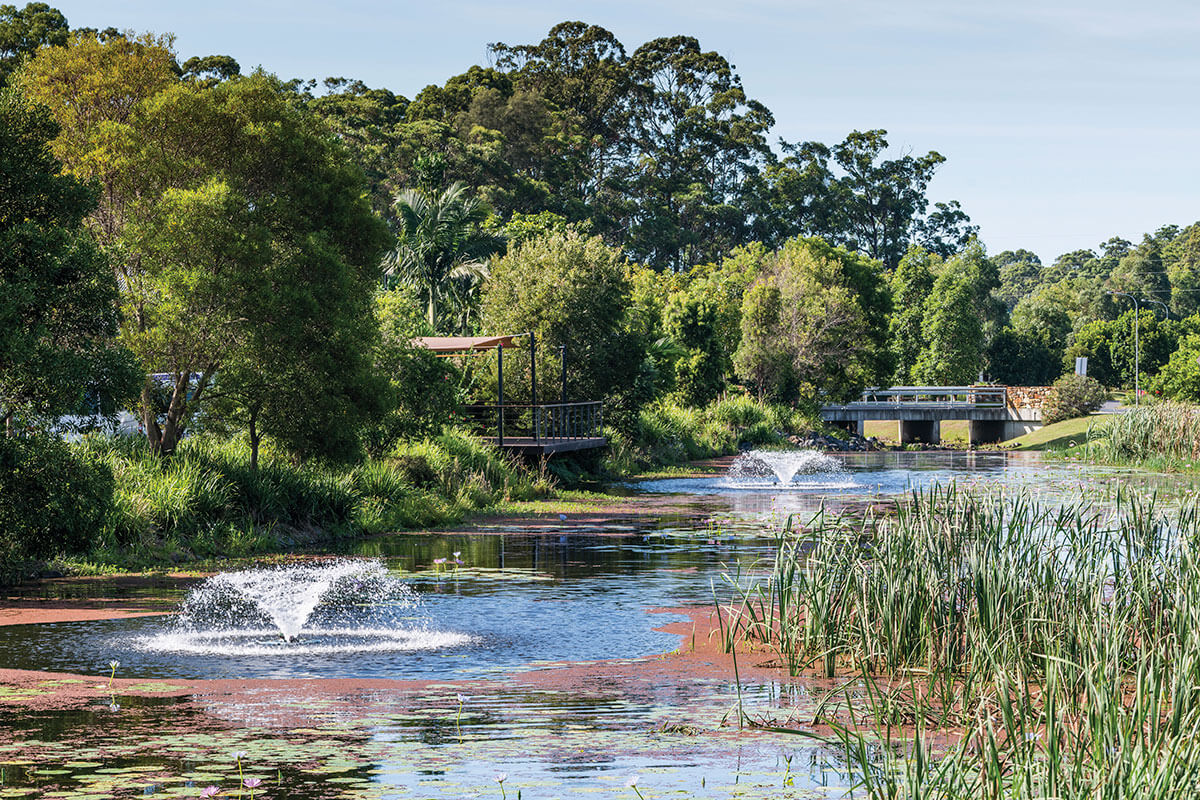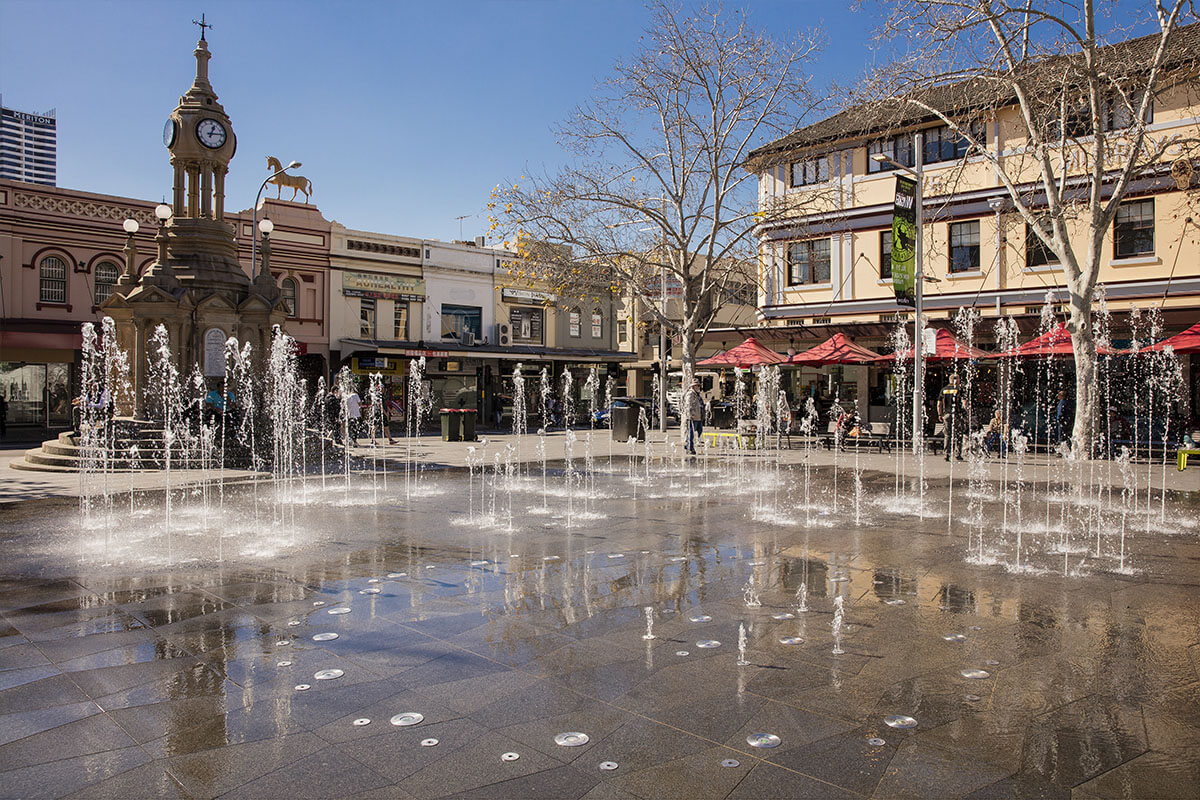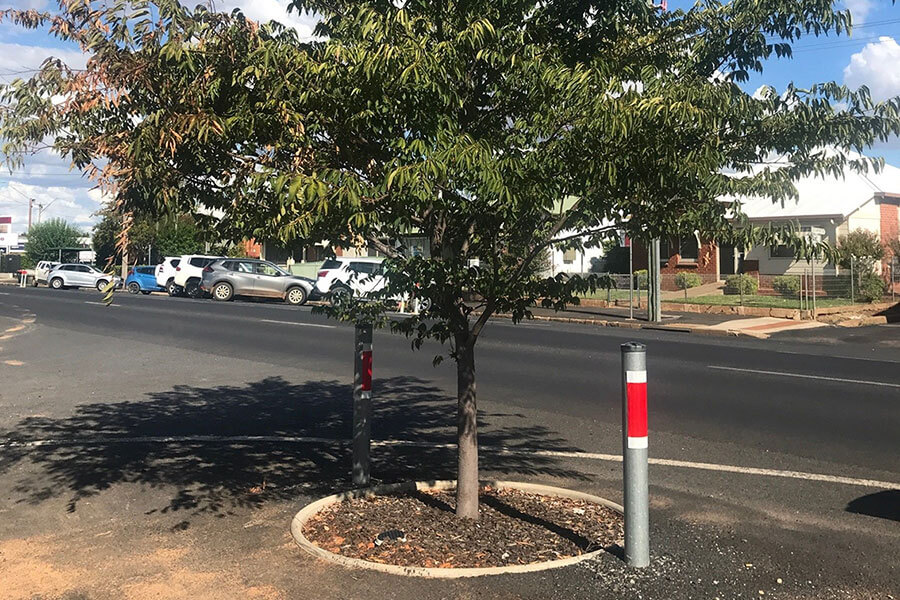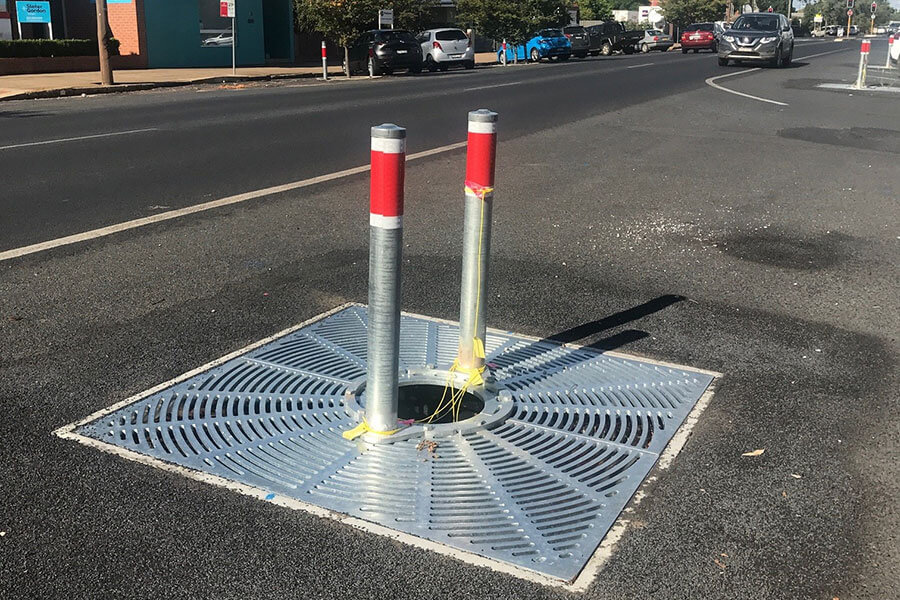Water bodies, waterways and water sensitive urban design mitigate heat through evaporative cooling. As air moves over water, it picks up moisture that evaporates and cools the air above.
Water in our urban landscapes supports biodiversity, amenity and recreation. When appropriately accommodated into urban structure and delivered alongside greening and cooling materials, water allows our urban spaces to thrive.
How water cools
Read how water in the landscape can create cooler places.
When our water supply and existing waterways are managed productively and efficiently, water becomes available for cooling the urban environment.
We can gain better control over the water in our environment through integrated water cycle management. This is the coordinated management of water with land, other infrastructure and related resources. With an integrated approach, we can make a greater range of water management options possible and improve the resilience of our cities.
We can use sustainable supplies of rainwater, harvested stormwater and recycled water (water sources that do not rely on our drinking water supply) to cool our urban environments and help us build resilience to droughts and increasing temperatures.
Water sensitive urban design is an approach to planning and design that considers water retention and treatment options such as raingardens, wetlands, passive irrigation systems and rainwater tanks. Water sensitive urban design maximises the use of natural and permeable surfaces so that water can be absorbed by the surrounding landscape. As the water in the landscape evaporates, it cools the environment and boosts the cooling effect of trees and greening.
Installing water systems and features such as pools, sprinklers, fountains, evaporative wind towers and water curtains can reduce air temperature and provide cool refuges on hot days. As cooling is most needed during hot and dry days when water restrictions may be in place, we must ensure these features use sustainable supplies.
Use water to cool urban environments
Case studies
Read the case studies to understand how good water strategy has been implemented.
Blacktown City Council’s integrated water strategy
Six Streams, Blacktown City Council’s integrated water strategy, reviews all elements of the urban water cycle and sets out a strategic approach to managing water to create a more liveable city. Urban heat is one of the 6 values underpinning the strategy. It considers how using and managing water can play an important role in cooling, with a focus on vulnerable communities.
The Water Sensitive Hornsby Strategy
The Water Sensitive Hornsby Strategy defines a vision of a water-sensitive future for Hornsby Shire and outlines the broad steps needed to reach this future. The strategy recognises that active planning and considering the benefits to social wellbeing, urban cooling, resilience and economic development will improve the council’s transition to a water-sensitive city.
Dubbo heat island amelioration project
The Dubbo urban heat amelioration project showcases how water, in combination with tree canopy, plays a vital role in cooling streets.
The project is a partnership of the Cooperative Research Centre for Water Sensitive Cities, Dubbo Regional Council, the NSW government, Splash Network and Local Government NSW.
The project planted trees along Bultje Street, a key medical precinct in Dubbo with high heat exposure and pedestrian traffic. It also used water-sensitive urban design to capture stormwater runoff. The captured water is used to irrigate the trees, ensuring their survival and maximising their cooling effect. By combining tree shade with readily available water, the project aims to significantly reduce land surface temperatures along Bultje Street from 58°C near hard surfaces to 38°C near tree canopies.
Redmond Place
Landcom is integrating water-sensitive urban design into the Redmond Place neighbourhood to enhance sustainability and reduce urban heat. This neighbourhood on the south-east edge of Orange will include low- to medium-density residential areas and public recreation spaces. Landcom’s approach to water-sensitive urban design responds to the site’s unique characteristics and environmental challenges.
The design for Redmond place will ensure that stormwater is managed naturally. A detention basin will be built on the south-east corner to capture stormwater. Bio-retention basins are located along a blue green-corridor that will be upgraded to improve water flow.
The design of the stormwater infrastructure at Redmond Place ensures that existing trees will be kept. In fact, the design protects these natural assets while enhancing their role in lowering local temperatures.
This blue-green corridor, with its wetlands, trees and permeable surfaces, will serve as a natural air conditioner, reducing ambient temperatures and creating a more comfortable, sustainable environment.
To read more about Landcom's Sustainable Places Strategy case study, visit Using planning strategies and controls for cooling.




